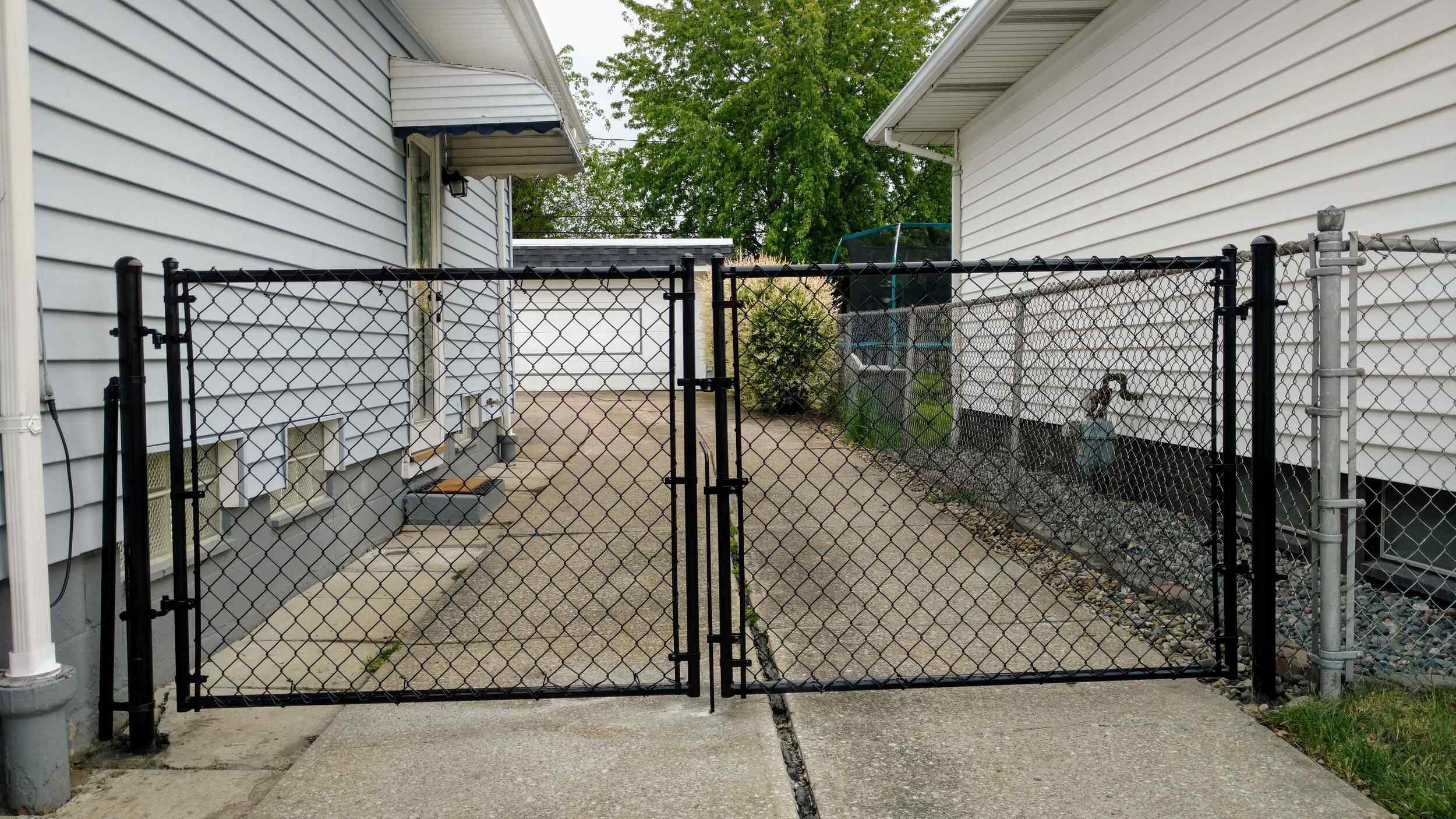Understanding the Sound Barrier Between Rooms
Sound is an essential part of our daily lives, allowing for communication, enjoyment of music, and the ambience of our environments. However, when sound travels from one room to another, it can become disruptive, leading to a need for effective soundproofing solutions. The concept of a sound barrier is crucial in addressing this issue, especially in residential and commercial spaces.
What is a Sound Barrier?
A sound barrier refers to various methods and materials used to prevent sound from passing through walls, floors, and ceilings. The effectiveness of a sound barrier is evaluated based on its ability to absorb, reflect, or block sound waves. The primary goal is to create a quieter environment by minimizing noise transfer between adjacent rooms.
How Sound Travels
To understand sound barriers, it is essential to grasp how sound travels. Sound waves are vibrations that move through air, solids, and liquids. When sound waves hit a barrier, their intensity can decrease depending on the material and construction of the barrier. Factors such as density, thickness, and the type of material play significant roles in how well a barrier can prevent sound from moving through.
For example, heavy materials like concrete and brick tend to block sound more effectively than lighter materials like wood or drywall. This is why many construction and renovation projects prioritize the use of denser materials in shared walls or floors to minimize noise pollution.
Creating Effective Sound Barriers
There are several methods to create effective sound barriers between rooms
sound barrier between rooms

1. Mass-Loaded Vinyl (MLV) One of the most effective materials for soundproofing, MLV is dense and flexible, making it easy to install in walls, ceilings, and floors. It effectively dampens sound transmission without taking up much space.
2. Acoustic Panels These are specially designed panels that absorb sound waves. They can be installed on walls or ceilings to reduce echo and reverberation within a space, enhancing the overall acoustic environment.
3. Insulation Proper insulation within walls can significantly reduce sound transmission. Fiberglass insulation is often used for this purpose, as it traps sound waves and prevents them from passing through to adjacent rooms.
4. Double Drywall Adding an additional layer of drywall can create a barrier that is denser and more absorbent to sound. This method is commonly utilized in home theaters or music studios where sound quality is paramount.
5. Seal Gaps Sound can travel through small openings and gaps around doors, windows, and electrical outlets. Sealing these gaps with caulking or using soundproofing door sweeps can effectively reduce sound leakage.
The Importance of Sound Barriers
Creating sound barriers is not only a matter of comfort but also of privacy and productivity. In shared living spaces, such as apartments, noise from neighbors can lead to stress and discomfort. In offices, noise distractions can hinder productivity and focus. Implementing effective soundproofing solutions can lead to improved quality of life and enhanced well-being.
In conclusion, understanding the concept of sound barriers and their effective use is vital for creating peaceful environments, whether in homes or workplaces. By utilizing various materials and construction techniques, we can significantly reduce noise pollution, ensuring a quieter and more serene atmosphere. As we continue to develop our living and working spaces, prioritizing soundproofing will play an essential role in our overall comfort and relaxation.
-
The Best Metal Mesh Solutions: Expanded Aluminum Metal vs. Expanded Stainless Steel Metal
NewsSep.10,2024
-
Round Perforated Sheets vs. Hexagonal Perforated Sheets vs. Embossed Perforated Sheet Metal
NewsSep.10,2024
-
Perforated Metal Sheets
NewsSep.10,2024
-
Experience The Excellence Of Stainless Steel Grating
NewsSep.10,2024
-
Discover the Versatility Of Metal Mesh Expanded Forming Machines
NewsSep.10,2024
-
Discover The Advantages Of Steel Grating For Sale
NewsSep.10,2024
Subscribe now!
Stay up to date with the latest on Fry Steeland industry news.

